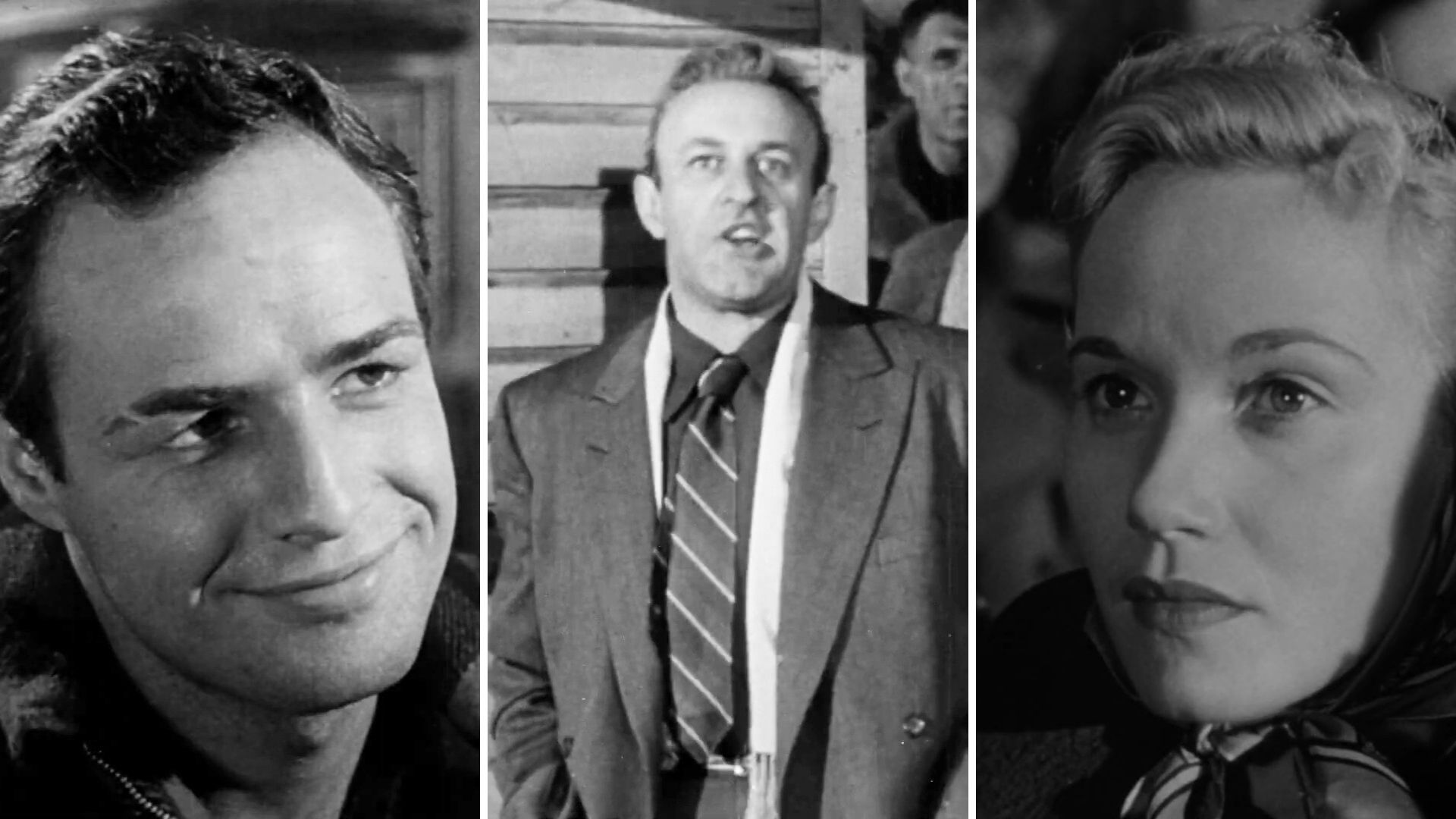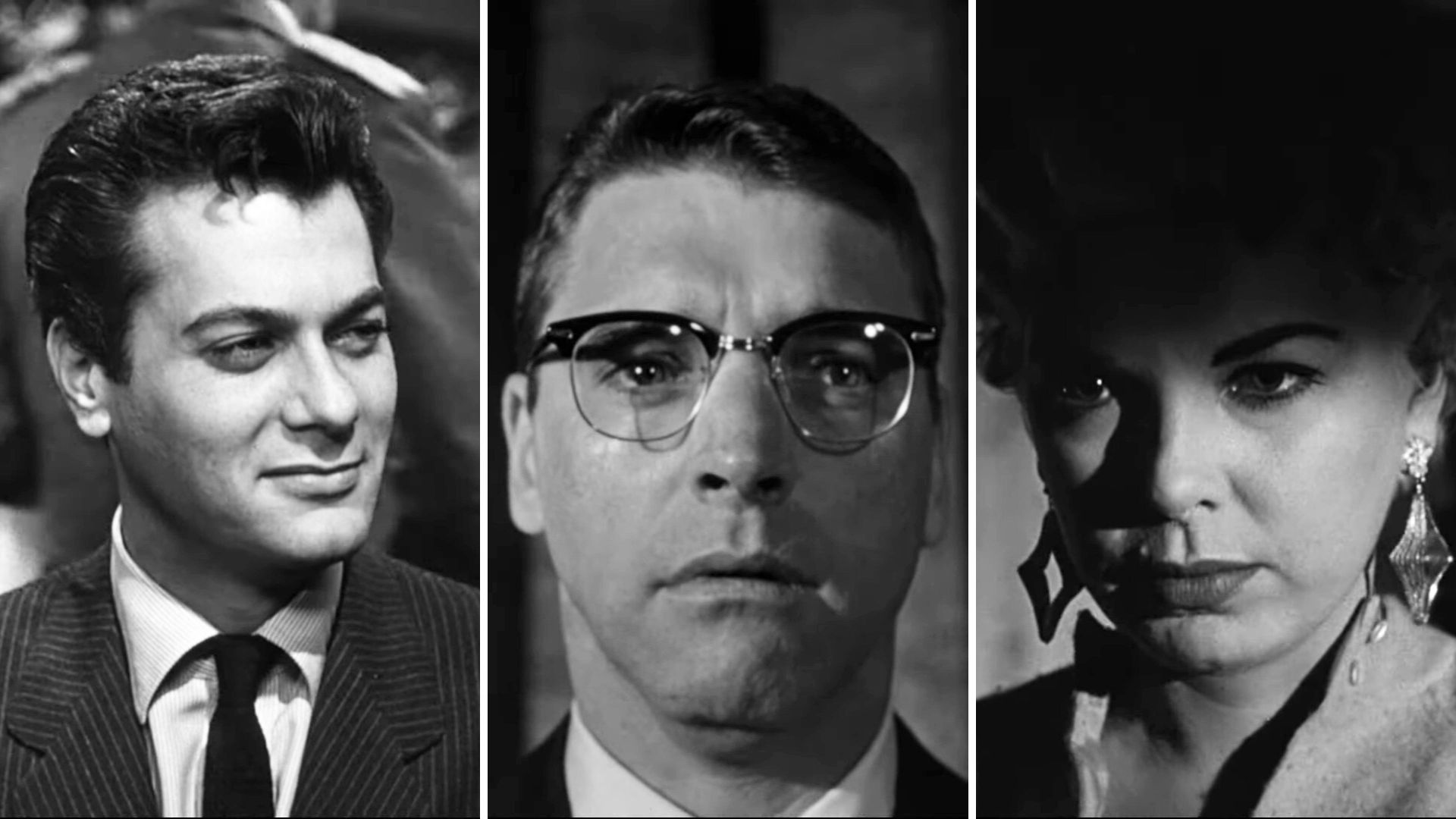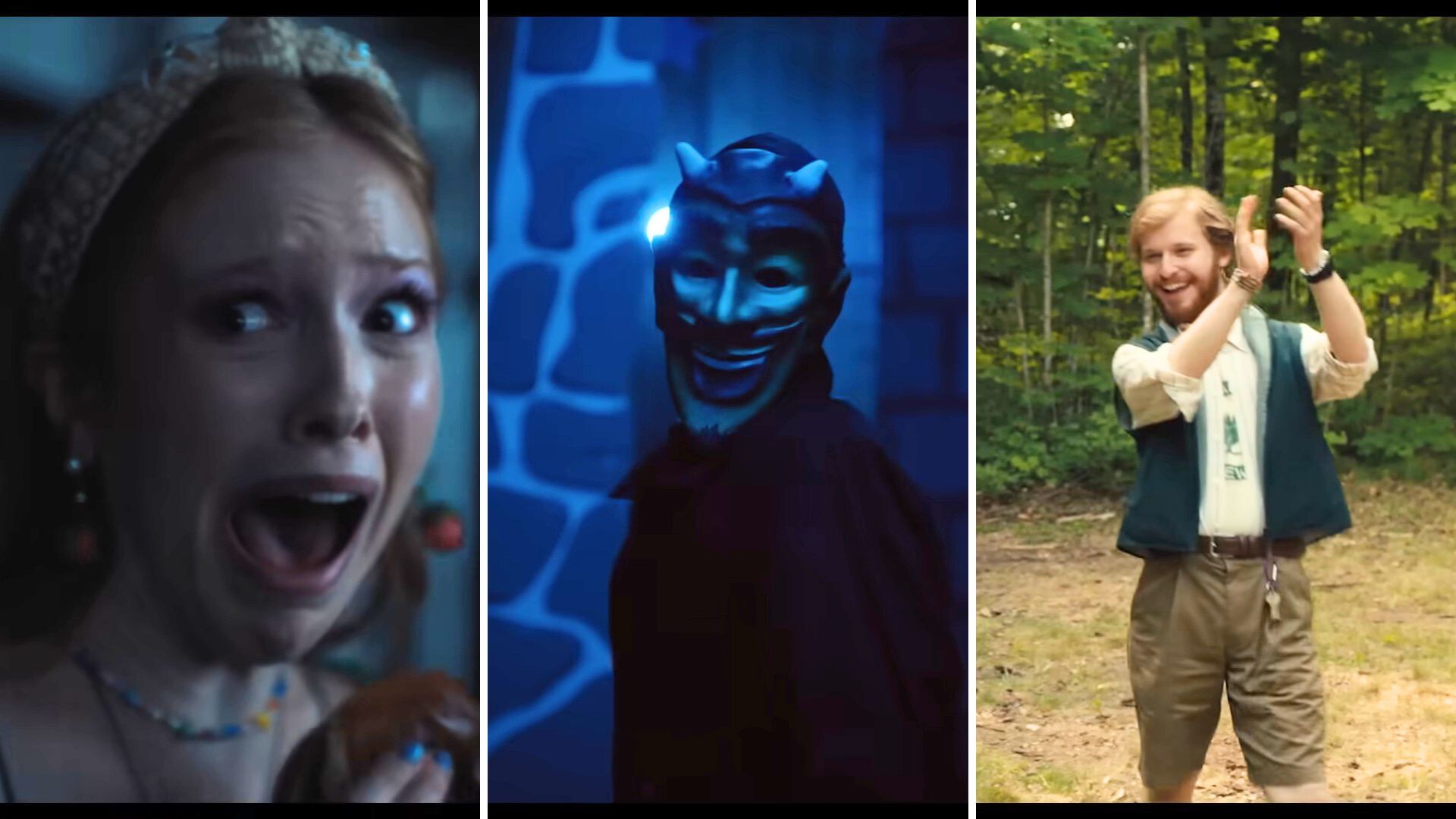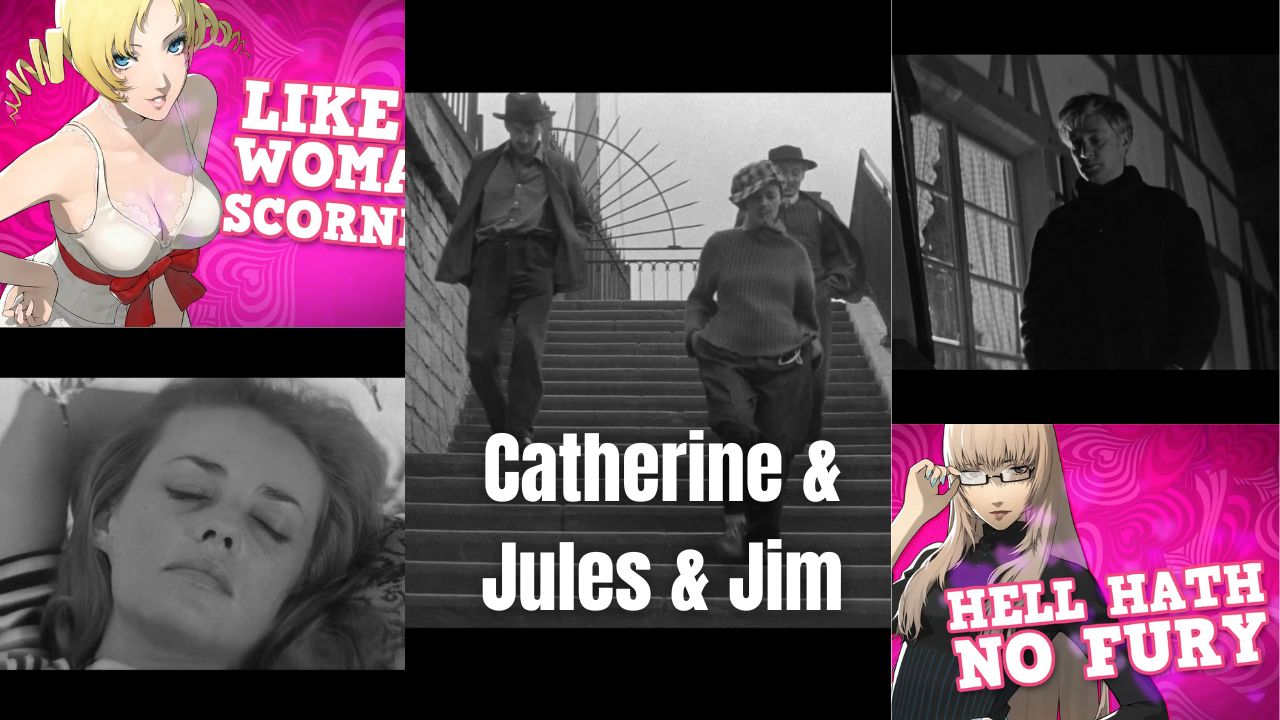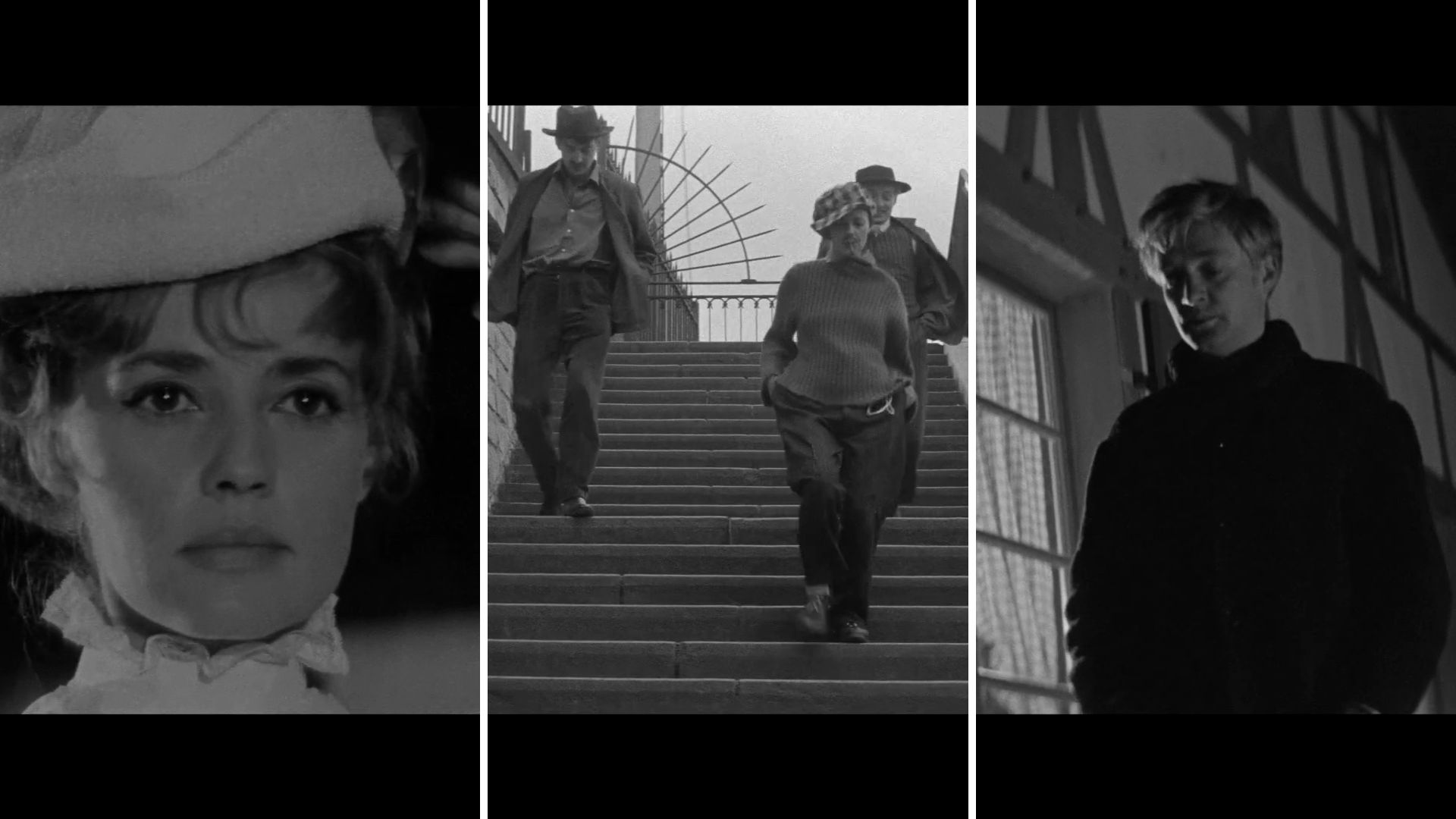
Jules and Jim is a 1962 French New Wave film about the life and love of three people around the time of World War 1. Francois Truffaut directed this film, and aside from Jean-Luc Godard, maybe the most important name in the French New Wave. His other films like The 400 Blows and Breathless may have been more influential, but few films captured the essence of the French New Wave like Jules and Jim.
Jules and Jim has gone on to inspire countless other forms of art and media. Everything from literature to the films of Martin Scorsese to even some video games, all have a direct link to Jules and Jim. This is a fascinating film with some excellent performances, even if the narrative takes some unearned turns.
Jim
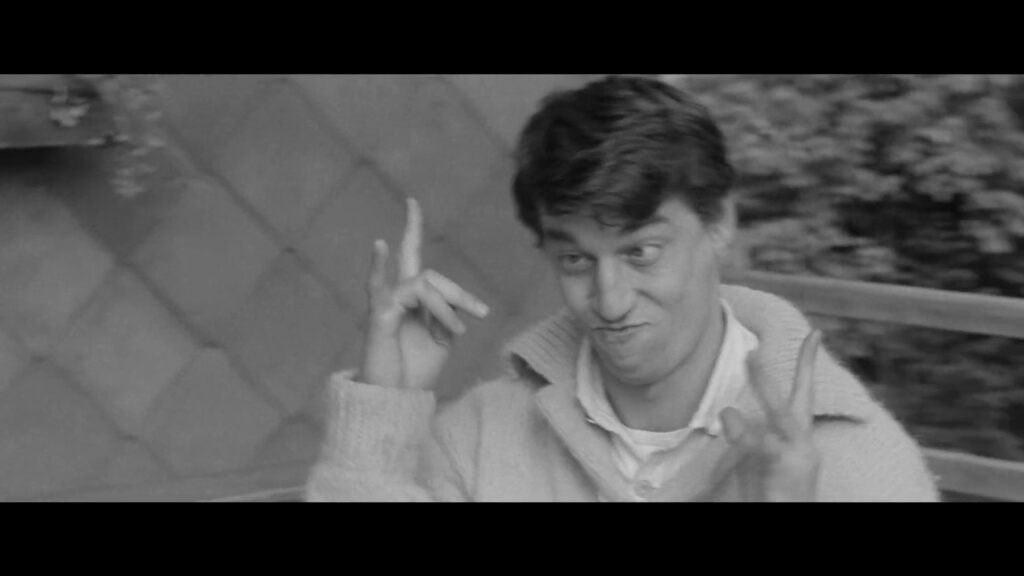
Jim is the closest we have to a lead character in this film, though the film closely follows three characters. Jim is a Frenchman and author, who spends his days and nights hanging around with his best friend Jules. The two are inseparable, reveling in their youth and careers in the arts. Both men desperately seek the affection of women, and more often than not find a young woman to share a bed with. They eventually meet Catherine, an enigmatic beautiful young woman who hasn’t a care in the world.
What begins to look like a standard love triangle-type film, soon transforms into something more dire. When World War 1 breaks out, both Jules and Jim and forced into their countries’ respective armies to fight one another. Before they leave for war, Jules and Catherine marry. Forcing to Jim to always wonder what might have been.
Jules
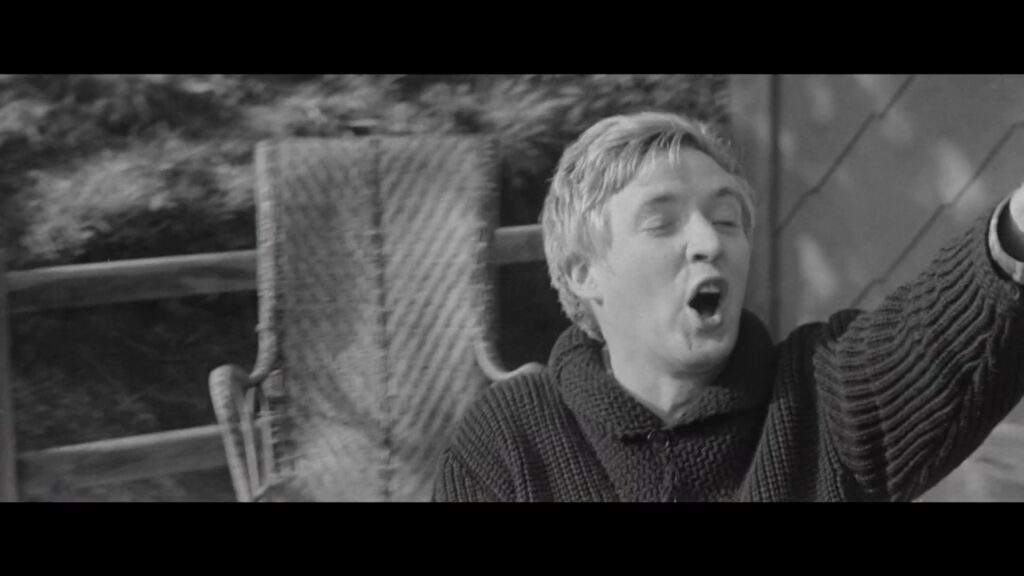
Jules is the meeker of the two but he loves Catherine dearly. He spends his time during the war fearful of harming Jim and desperately missing his beloved wife. On leave, Jules gets Catherine pregnant and once the war is over, the three start a quiet life together in the German countryside. At least as quiet as can be expected from a woman like Catherine.
It’s here in this section after the war, that film really begins to delve into its themes and ideas. Jim comes to visit Jules and Catherine and realizes his love for her still exists. Despite his satisfaction with his career and a lover in Paris, Jim is smitten with Jules and his seemingly idyllic life. When Jules jokingly states to Jim that he won the war, Jim replies with “But I would have rather won all this.” Gesturing Jules wife, child, and peaceful country life.
Triangle of Sadness
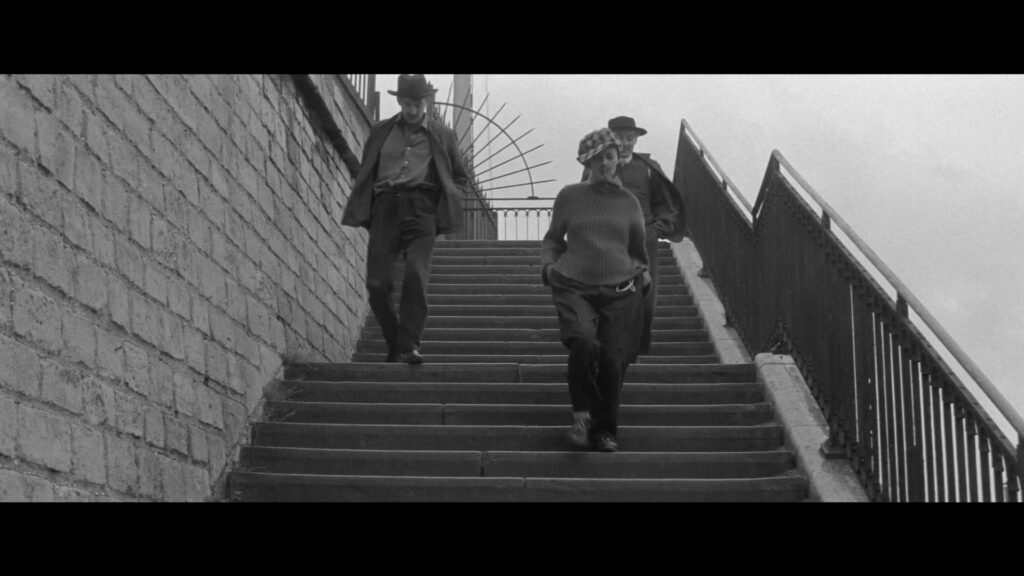
Catherine is a central point of turmoil for both Jules and Jim. Not just in the traditional sense of a love triangle, but in the way she lives her life. Catherine is spiteful, prone to boredom, and willing to abandon her husband and child at the drop of a hat when something, or someone, more fun comes around. It’s totally antithetical to Jules and his lifestyle. Jules spends his days working on his writing and caring for his daughter. It’s a peaceful life full of love and tranquility but miles away from the excitement Catherine craves.
Jim’s arrival throws drama into their peaceful life. One Catherine clamours for and Jules tolerates. While Jules is happy to see his old friend, he knows Jim’s place in their lives will be tumultuous to his and Catherine’s marriage. Jules is undeterred though, and gives Jim his blessing to pursue Catherine. Stating he would rather love her from afar then have to face life without her.
Catherine

Catherine’s portrayal here by Jeanne Moreau is a captivating one. She steals every scene she’s in and makes the audience love her as much as Jules and Jim. Early on in the film, the camera pauses on her various shots of her face. It’s a distinctly French New Wave cinematography technique, but one that highlights both her beauty and personality. These small snapshots of her closeup are a way to connect the audience to the character. To see her charm the way Jules and Jim do. It’s an effective tool and a defining characteristic of this movement in cinema.
It’s also an effective tool because it comes before all of Catherine’s later escapades. During a late-night stroll leaving the theater, Catherine becomes annoyed with Jules and Jim’s conversation. After making her displeasure known, Catherine leaps several feet into the river running below them. It’s both a subtle hint to the film’s climax and a direct omen to Catherine’s spontaneous actions. She literally, leaps before she looks.
Calm in the Chaos
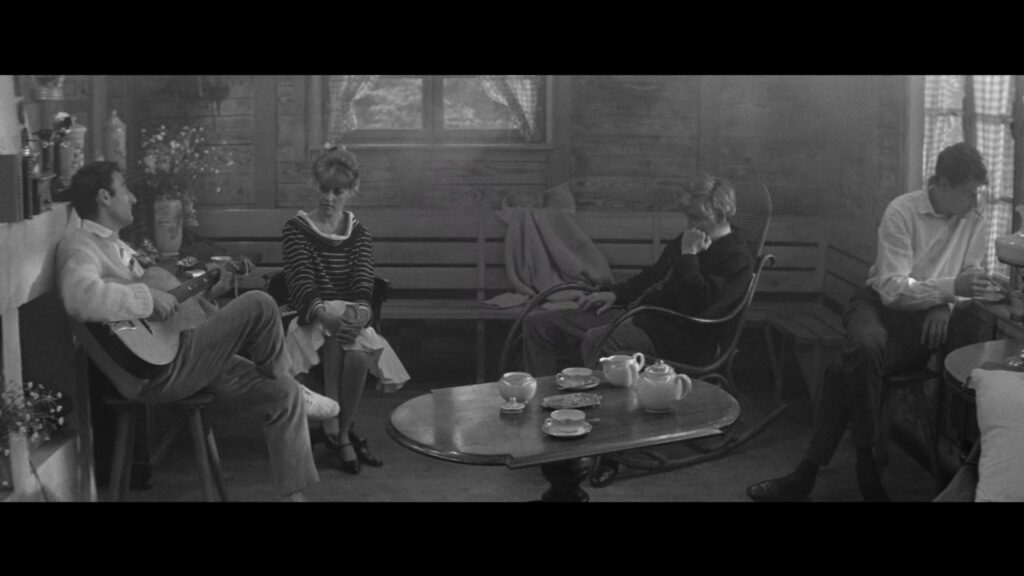
A signature of the French New Wave is the editing and visual style. These directors were all experimenting heavily with how a film should look and feel. The film Jules and Jim doesn’t just use these new techniques to make a scene look interesting but adds to the narrative of the film. The way Catherine is shot at the beginning of the film is soft and serene. The film then looks at her more harshly as the narrative progresses and we start to see her more manic tendencies. The camera, like Jules and Jim, want to tame Catherine but neither can. She is too free a spirit, too headstrong for her own good, and always just a bit out of reach.
While this is an amazing film and one I enjoy quite a bit, there are still some narrative choices at the end that I find hard to connect with. The entire movie centers on the relationship between these three people, and it eventually ends in tragedy. As we knew it would. But the tragedy feels a bit out of left field. I would have preferred a resolution that leaned harder into the heartbreak than full tragedy. It gives the entire film a Shakespearean-type narrative that isn’t as present in the first two acts. Still, these are minor quibbles, and others I’m sure would argue it’s a perfect ending for a perfect film. While I don’t find it perfect, I do find it revolutionary, and an incredible piece of New Wave cinema.



